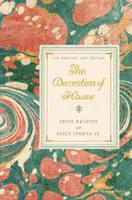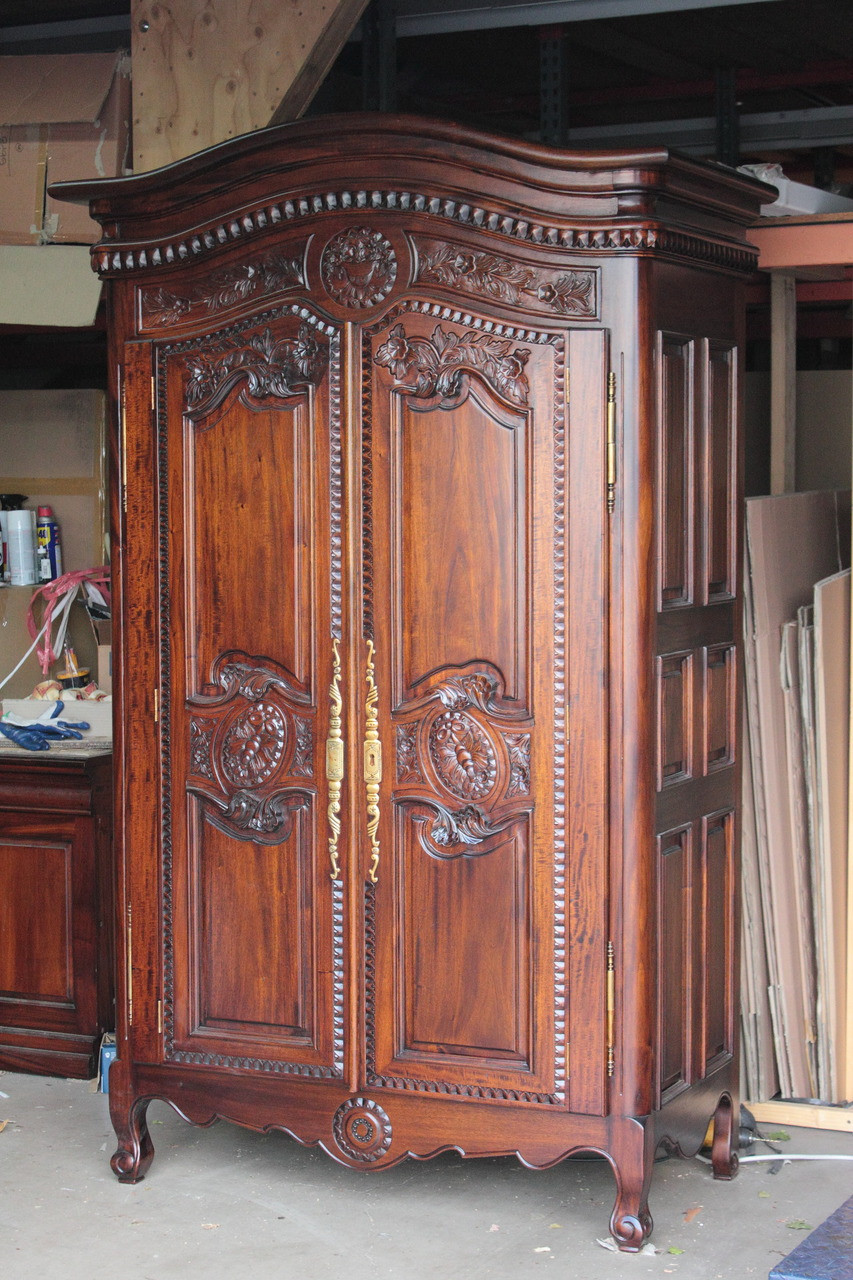- Home
- Our Blog
Our Blog
Recent Posts
Caring for Solid Wood Furniture
Posted by on
Investing in hand-carved solid wood furniture is more than a purchase. It’s an investment in heirloom-quality pieces that can be enjoyed for generations. Our expert craftsmen create each piece with meticulous attention to detail, ensuring lasting beauty and timeless style. With just a bit of care, your mahogany furniture will retain its elegance for decades, standing as a testament to fine craftsmanship. Here’s how to care for solid wood furniture:

Basic Care for Your Wood Furniture
Protecting your furniture from everyday environmental factors is the first step in maintaining its beauty. With a few simple precautions, you can make sure your pieces remain in pristine condition. First, avoid heat and direct sunlight. Keep furniture away from radiators, heaters, and prolonged exposure to strong sunlight. Excessive heat and UV rays can dry out wood, leading to cracks or fading over time. Next, use protective coasters. Felt-bottomed wood coasters are ideal for preventing water rings, while metal or paper coasters can create condensation that may damage the finish of your furniture. Finally, prevent heat damage by never placing hot objects directly on the surface. Always use a tablecloth, placemat, or serving plate when placing hot foods or beverages on your hand-carved mahogany furniture. Even small efforts in these areas can go a long way, helping to preserve the integrity and beauty of your furniture for years to come.
Cleaning Your Hand-Carved Mahogany
Regular cleaning not only keeps your furniture looking stunning but also helps protect its finish. Laurel Crown pieces are coated with at least three protective layers, which makes maintenance simple and stress-free. For weekly upkeep, gently wipe the surface with a dry, soft cloth to remove dust. This simple step prevents buildup and keeps your furniture looking polished. When dealing with spills or stains, wipe in the direction of the wood grain using a slightly damp cloth, then always dry the surface afterward. This method ensures that the wood remains protected while removing any residue effectively. It’s important to avoid harsh cleaning products. Commercial lemon oil, for example, can contain kerosene, which may damage the finish. Aerosol furniture sprays are generally safer alternatives, though silicone-based products could interfere with future refinishing. With consistent care and attention, your furniture will retain its rich color and lustrous shine, all without the need for intensive maintenance.
Protecting and Preserving Your Furniture
To make sure your furniture remains heirloom-quality, it’s helpful to add extra layers of protection. One of the most effective ways to do this is by using a high-quality furniture wax. Wax not only enhances protection but also adds a subtle, natural luster to your wood. Recommended options include Liberon, Black Bison, Goddard’s, Butcher’s Wax, Antiquax, and Renaissance Wax. It’s best to avoid inexpensive waxes, which can leave residue and attract dust. When applying wax, start by dusting your furniture with a slightly damp cloth. Then, use a soft cloth or very fine steel wool to work the wax into the wood, following the grain, and buff gently to bring out the shine. For continued protection, reapply wax every six months to maintain both the finish and the wood’s natural beauty. Over time, even well-cared-for furniture may develop minor imperfections like nicks or scratches. Touch-up markers are an easy solution for these small blemishes—choose a shade slightly lighter than the wood finish and apply until it blends seamlessly with the surrounding area. Even with expert craftsmanship, regular maintenance and thoughtful protection ensure that your furniture continues to impress for generations, preserving both its beauty and its lasting value..
Assistance from Laurel Crown
Caring for hand-carved mahogany furniture should be enjoyable, not overwhelming. If you ever need guidance or have questions about maintenance, our team is here to help. Call or email us, and we’ll provide expert advice to ensure your Laurel Crown pieces remain as beautiful as the day they arrived. With proper care, your furniture will not only enhance your home but also become a cherished part of your family’s history—a true reflection of enduring craftsmanship and timeless style.
Laurel Crown Furniture Makes a Cinematic Appearance in Cowboys & Aliens
In the 2011 summer blockbuster Cowboys & Aliens, audiences were treated to an unexpected cameo that only the most discerning eye might have recognized—furniture handcrafted by Laurel Crown. Sharing the screen with celebrated actors Harrison Ford and Daniel Craig, our meticulously reproduced Victorian and Chippendale pieces brought 19th-century elegance to a story set amid the [...]
The Enduring Legacy of The Decoration of Homes

When Edith Wharton published The Decoration of Homes in 1897 with architect Ogden Codman Jr., she did more than write a guide on interior design principles. She redefined the relationship between architecture and interior design. More than a century later, her vision remains remarkably modern. Wharton believed that good design was not a matter of [...]
Custom Furniture Tailored to Your Vision
We believe that fine furniture should reflect not only centuries of tradition but also the unique character of the individual home. Our catalog, while extensive, is merely a starting point. Whether you desire modifications to one of our existing designs or a bespoke piece conceived entirely from your imagination, our craftsmen are prepared to bring [...]
The Importance of Solid Wood in Antique Reproduction Furniture
When selecting fine furniture, the discerning eye looks beyond surface beauty to evaluate the integrity of construction. The type of wood, the method of joinery, and the chosen finishing techniques all contribute to whether a piece will endure for decades or quickly succumb to wear. For those unfamiliar with the technical aspects of furniture making, [...]
The Truth About Veneer vs. Solid Wood Furniture
At first glance, wood veneer furniture has an undeniable appeal. The lower price point makes it seem like an attractive alternative to traditional hardwood, and from a distance, it can even appear quite similar. Yet, when you take a closer look, veneer tells a very different story. While solid wood has been cherished for centuries [...]
Creating a Welcoming Entrance with a Laurel Crown Hall Table
The hall table is far more than a convenient surface in your entryway. It is both a functional cornerstone and a stylistic ambassador for your home. As the first and last furnishing guests encounter, it bears the unique responsibility of setting the tone for the space beyond. And for homeowners, it offers daily practicality: a [...]
Five Reasons Why You Should Choose Laurel Crown
Why Choose Laurel Crown: Five Defining Reasons Selecting handcrafted furniture is not merely a purchase—it is a discerning investment in craftsmanship, heritage, and enduring beauty. We honor the legacy of traditional woodworking by delivering heirloom-quality furniture rooted in historical authenticity and refined design. Here are five key reasons why clients around the world continue to entrust [...]
How We Fulfill Large Furniture Orders

At Laurel Crown, our dedication to historical authenticity and old-world craftsmanship has long served the needs of individual collectors. Now, we're proud to extend that same reverence for quality and detail to larger-scale projects. Whether you’re furnishing a grand dining hall, historic estate, university building, or hospitality venue, we are fully equipped to fulfill substantial [...]
How “Undecorating” Is Shaping 21st-Century Interiors
In the wake of the Great Depression, the modernist furniture movement emerged as a purposeful response to both economic necessity and changing aesthetic values. Prioritizing function over form, this design shift moved away from the elaborate ornamentation of Victorian-era furnishings and toward a cleaner, more restrained style. Influenced heavily by European design philosophies—especially the Bauhaus [...]









